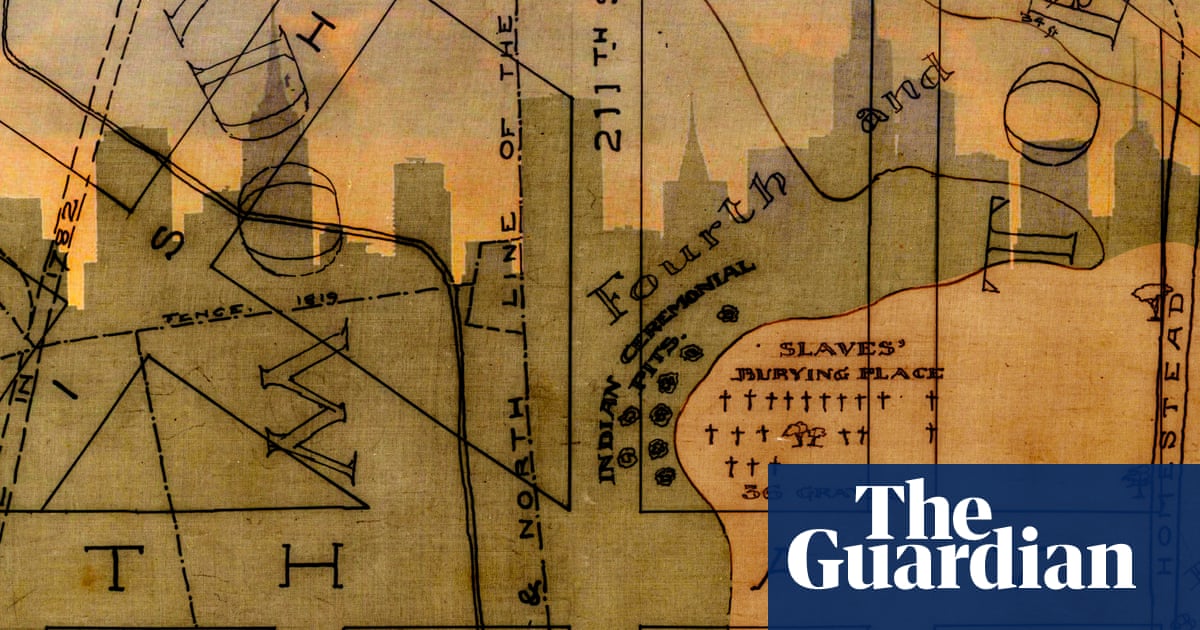Too often cemeteries for enslaved people have been all but erased from history but how we remember matters

For archeologists, what defines people as human is how we bury our dead. Imagine, then, a society that relegates a whole community as legally inhuman, enslaved with no rights. In spite of slavery, African burial grounds are tangible reminders of the enslaved and free – defying oppressive circumstances by reclaiming people’s humanity through acts of remembrance.
When I first visited the British overseas territory of St Helena in 2018 and saw the burial ground in Rupert’s Valley, I was astounded by its size and significance. It unambiguously placed the island at the centre of the Middle Passage – tying the British empire to the institution of slavery in the US, the Caribbean, and globally.
Continue reading...

Comments
Post a Comment
Your Opinion Matters, Write Comment!